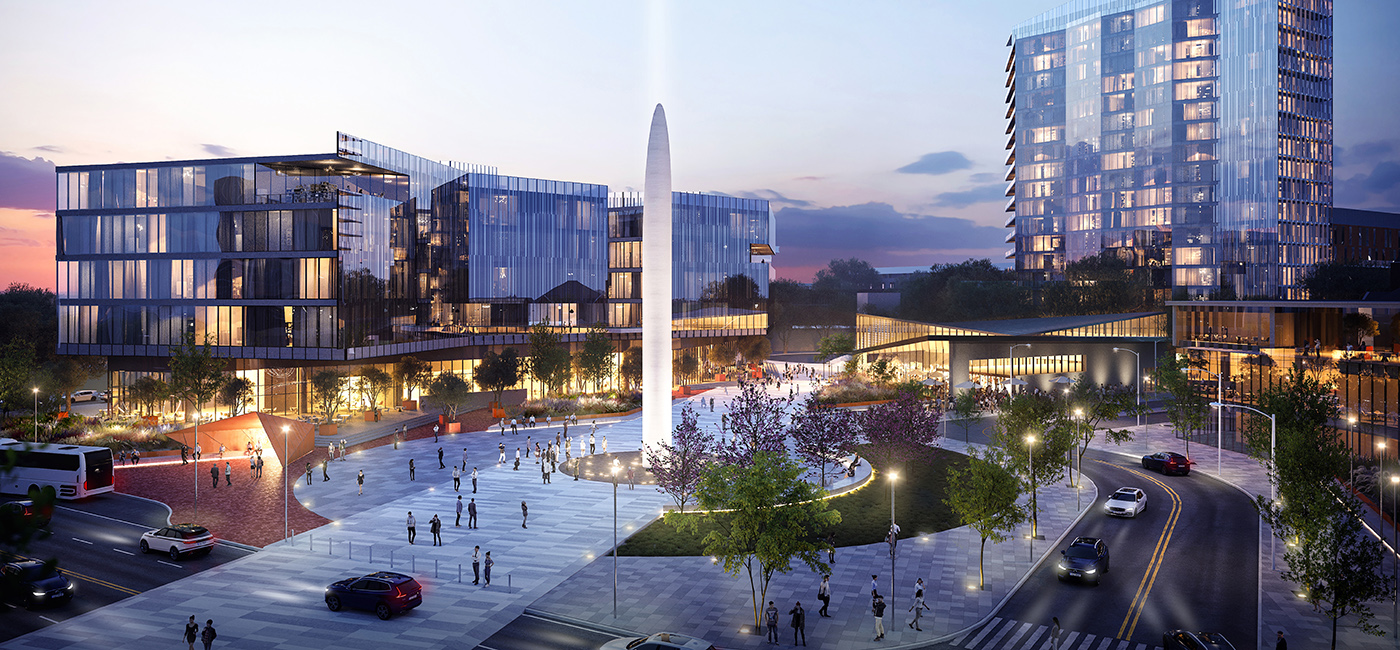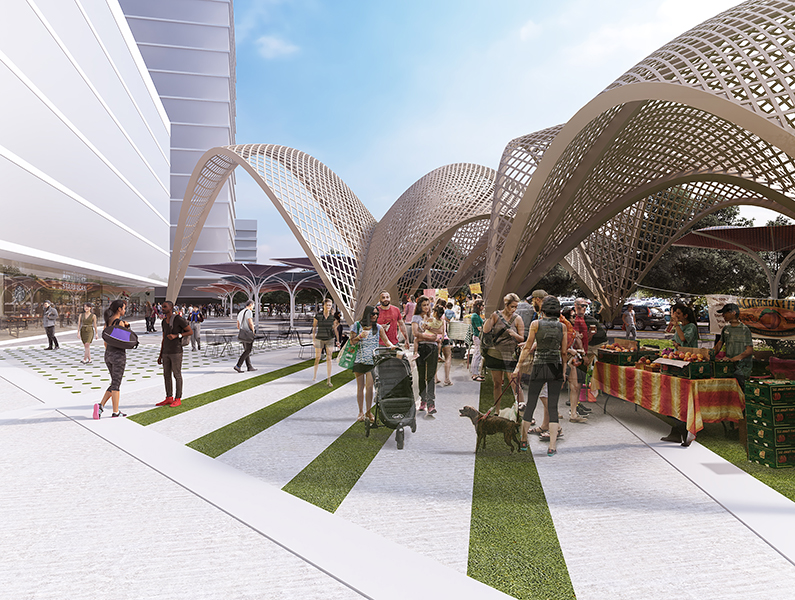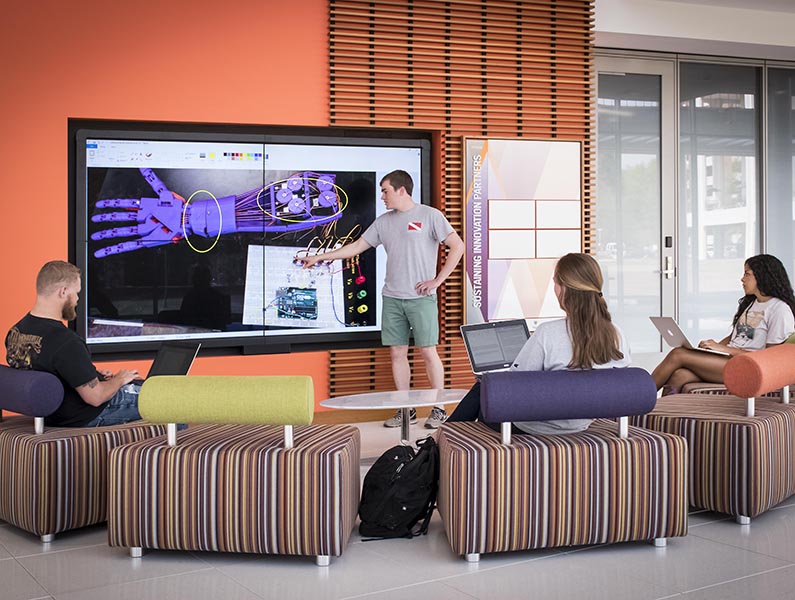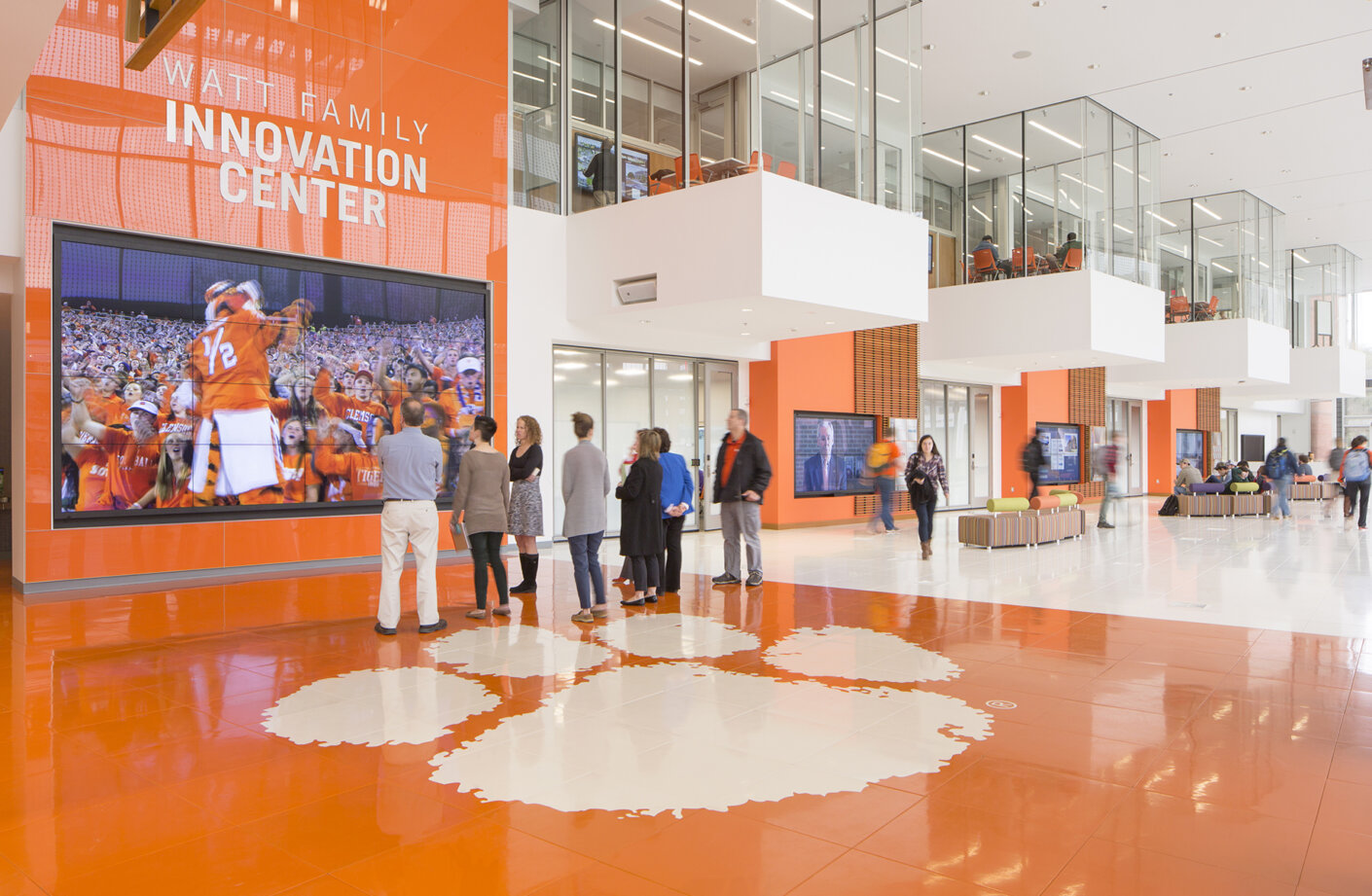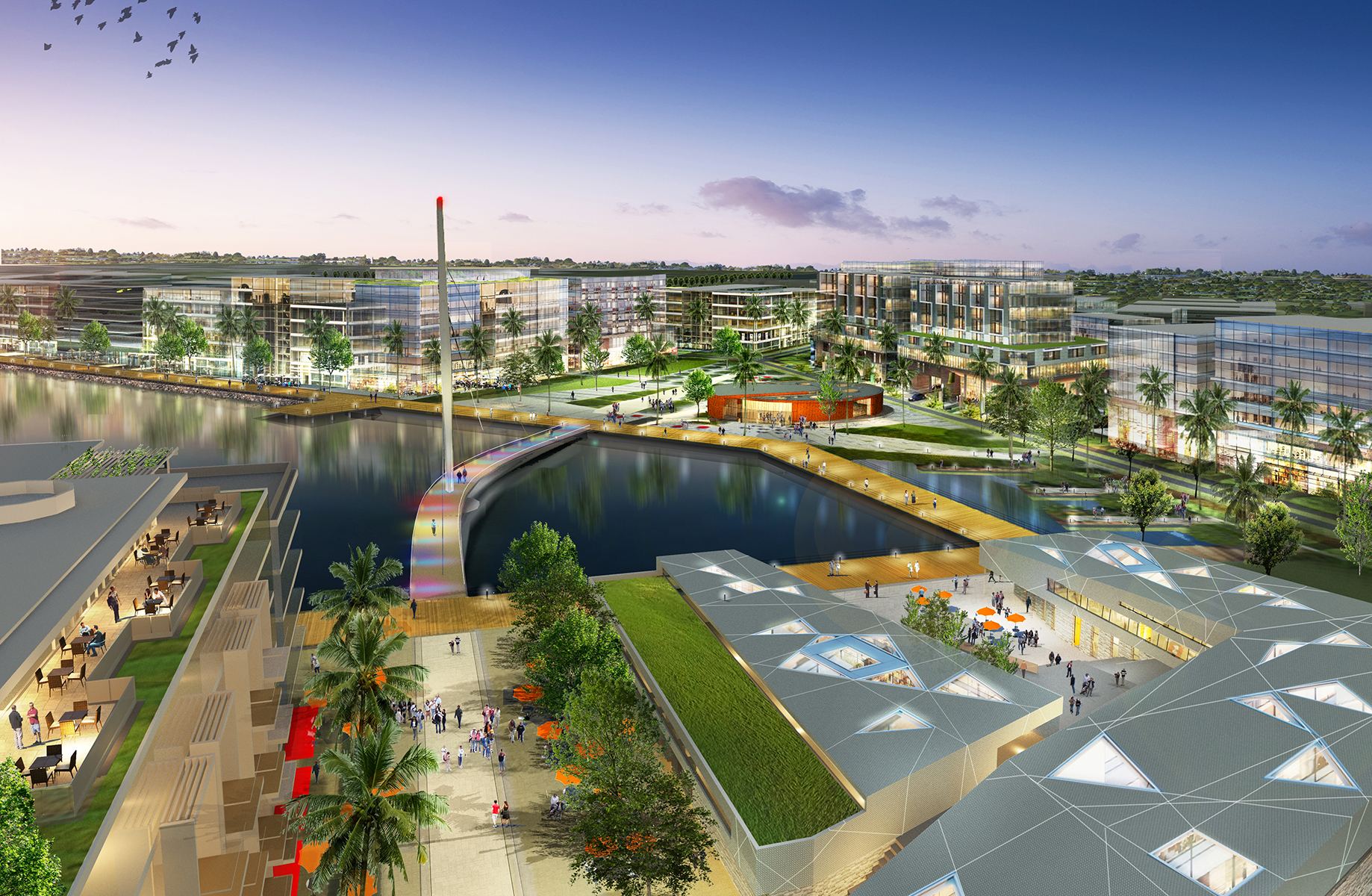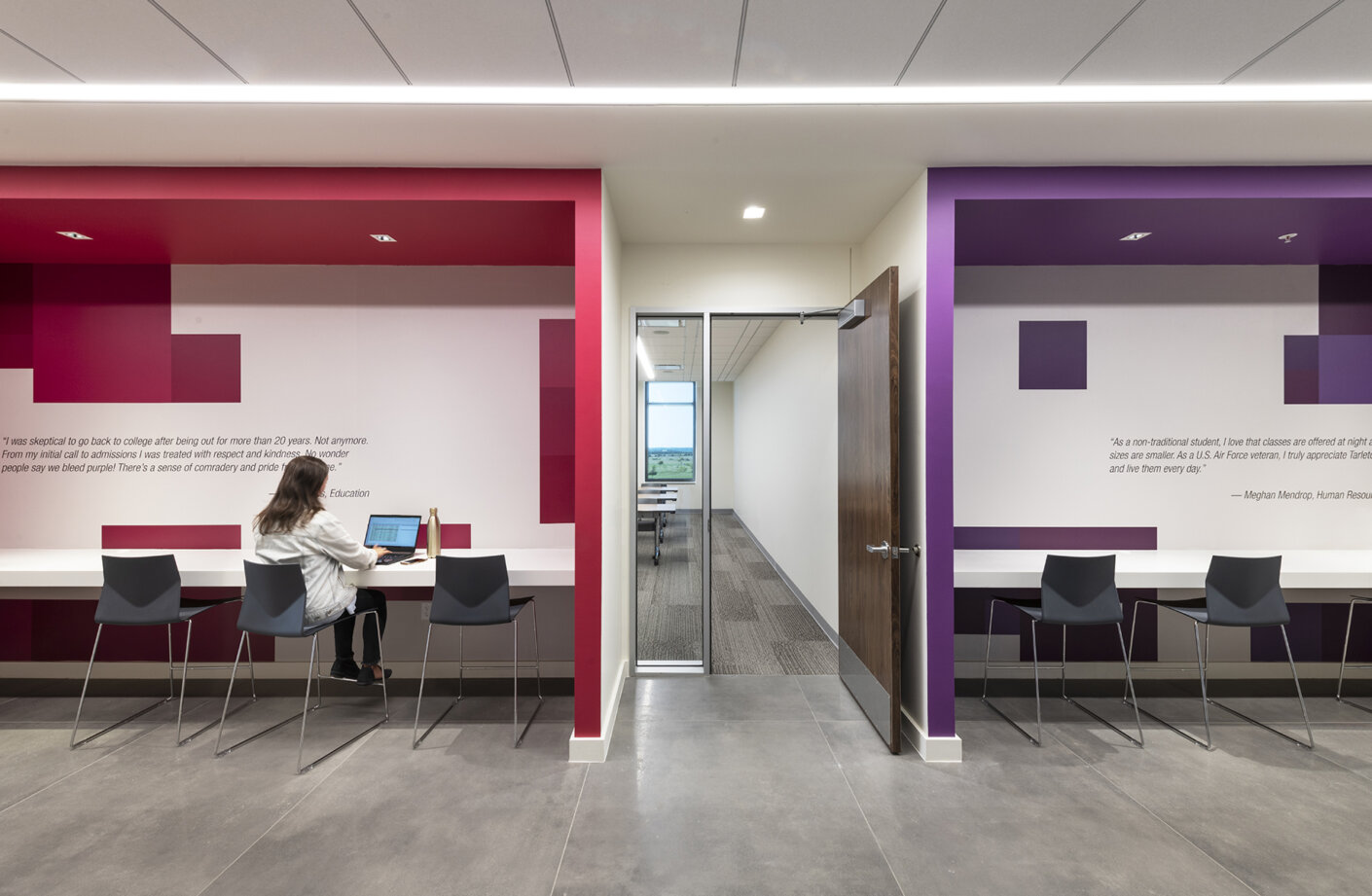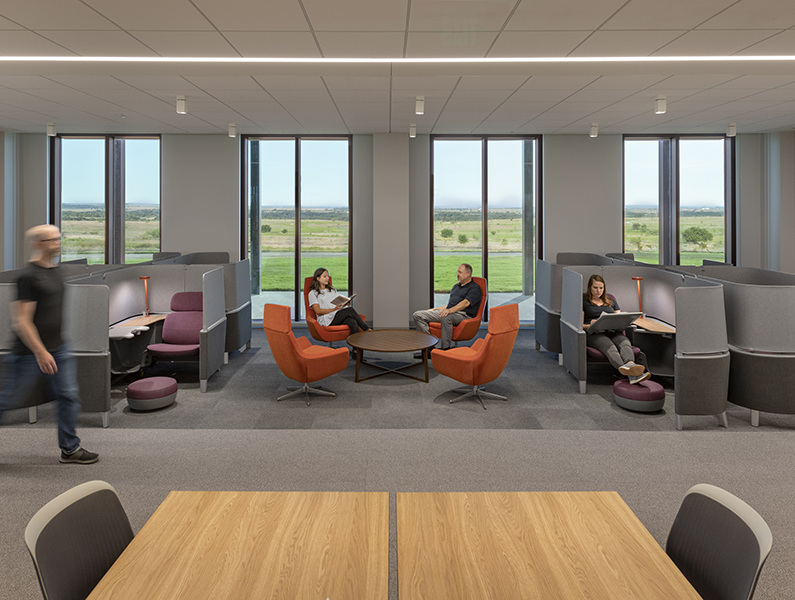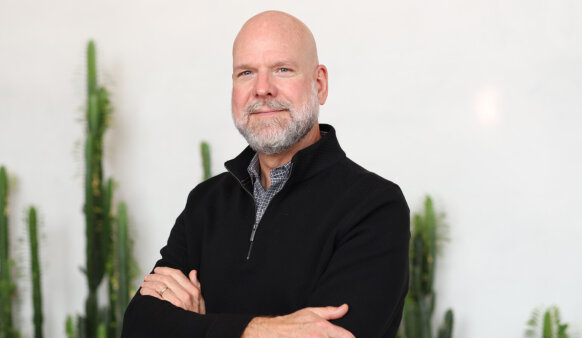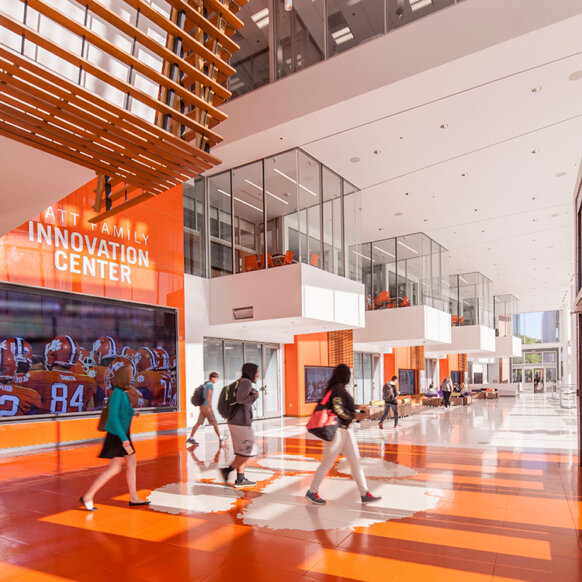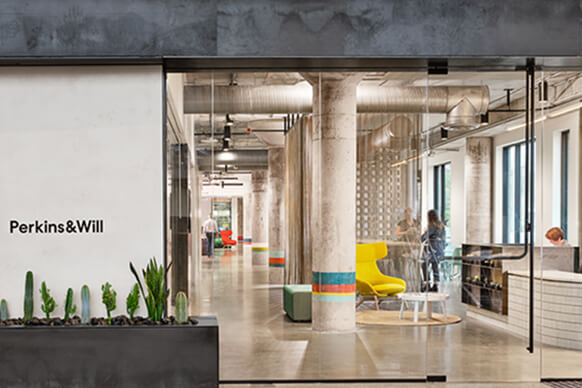How has the approach to higher education planning changed in recent years?
Planning for higher education today is much easier, or harder, depending on your perspective. Over the past several years, colleges and universities across the country have undergone a fundamental behavioral shift, becoming more focused on student experiences and successful outcomes. The traditional collegiate paradigm is vertically organized, departmentally siloed, and institutionally centered. Campus design has all too often followed historic campus growth patterns, and, in many cases, resulted in single-use programs and buildings. The student is left to figure out the system rather than the system being designed to achieve the most successful outcomes for the student.
The new paradigm centers on student experience, focuses on student success, and may result in a hybrid approach to programs, buildings, and the spaces in between. Consider the recent meteoric rise in interdisciplinary programs and the buildings that support them, the shift as libraries reinvent themselves to learning commons, and the transformation of traditional dormitories to student living-learning commons. This change represents the acknowledgement that between 70 percent and 80 percent of all learning occurs outside the classroom.
For the designers among us embracing today’s view of the student, we see unbridled opportunity to create places and spaces that encourage learning, foster community, and focus on human experience. We find ourselves designing buildings that allow for students and faculty to engage with each other, laboratory spaces that put the sciences on display, welcoming and sustainable outdoor open spaces, and hospitable places for students to congregate, share experiences, and build community.
